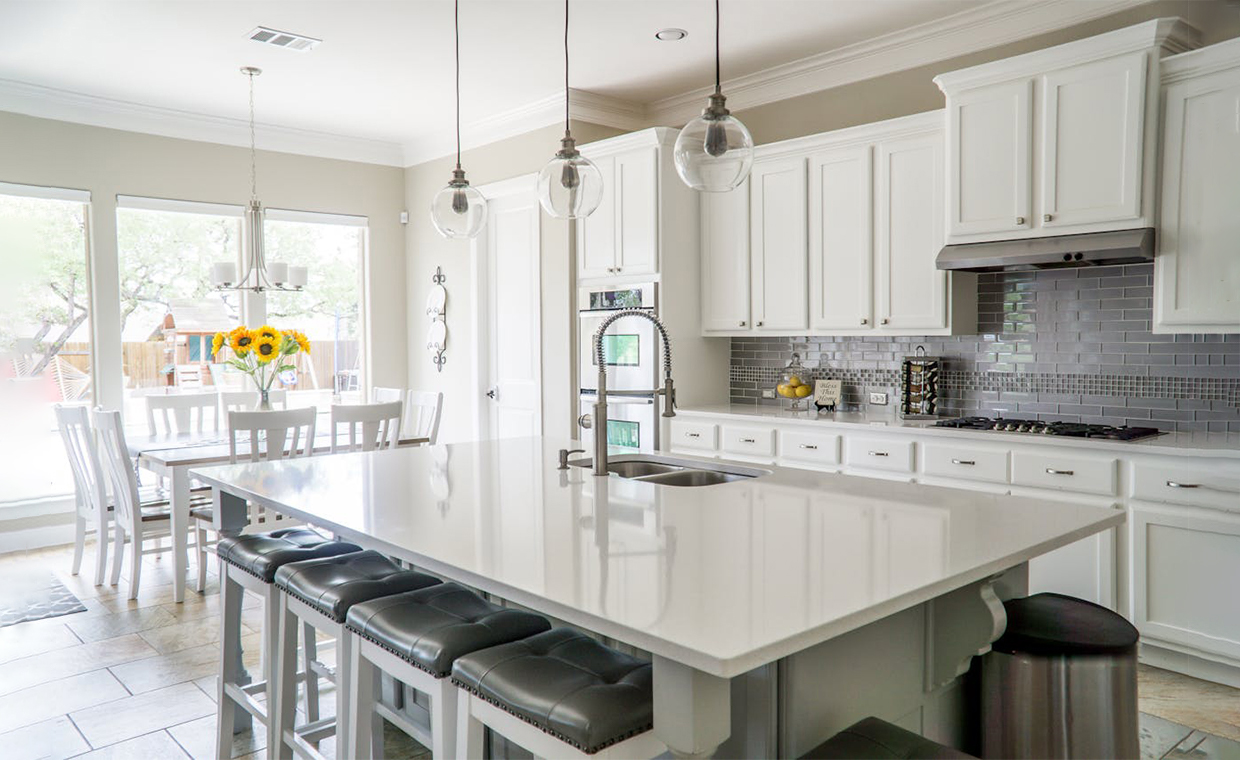
Once concrete is placed and finished, it starts to convert from plastic to hard state. The reaction between cement and water starts from when the water is first added to the dry concrete mix. In concrete terminology this reaction is called hydration and it does not require a special condition to occur. When hydration starts, concrete starts to attains compressive strength. The hydration continues as long as the water is present in the concrete.
Once water evaporates from the surface of concrete, the hydration process slow down or it stops. It may result in development of cracks or reduces the strength and durability of concrete. To keep the hydration process continues, it is essential to maintain humid and warm environment around the freshly placed concrete or mortar until it achieves the desired strength. This process is called as curing of concrete.
things to be keep in mind while curing concrete

Curing is the process in which humid and warm environment is provided to the concrete by means of different curing methods to achieve designed strength of the concrete.
The water is a main ingredient in the concrete, only small amount of water is needed to hydrate the cement particles. The amount of water calculated in concrete mix design is considerably much higher than it requires for the hydration of the cement. The remaining water which is not used in hydration process, basically, it is required for the workability of concrete.
However, loss of this water take place due to the evaporation which develops the demands of curing. To prevent evaporation of moisture from the surface of concrete, different types of curing methods are applied to the concrete. Technically, curing is the process of maintaining the moisture inside casted concrete. Moisture ensures the desirable strength and durability of the concrete.
During the reaction between cement particles and water, gel is formed in a concrete. In early stage, this action is very rapid and it generates heat which is called as heat of hydration. Depending on the type of structure, the heat of hydration can be an advantage or a disadvantage, if excessive. i.e. it is beneficial in the case of thin section like RCC wall, and disadvantageous in the thick section, like concrete dam.
In concrete dam, the outer surface set (hardened) quickly than its inner mass. The hydration reaction can last for years in the thick section. In case of thin section like RCC wall, hydration reaction may last for a month. Hence, thin section obtains designed strength earlier than the thick section. Hence, curing of concrete becomes very important activity while you construct a house.
Generally, the concrete attains a major portion of its strength in about 21 days. Therefore, sufficient quantity of water is needed for curing to obtain the design strength of concrete. Thus 21 days considered to be enough for wet curing. It is advisable to start the curing when the concrete is set initially.
Curing of concrete can begin when the surface of freshly laid concrete is hard enough for a person to work over. While walking on freshly laid concrete, a person should not damage the surface. Sometimes the surface moisture can be maintained by splashing or spraying water without pressure.
Following things to be keep in mind while curing concrete:
- It is advisable to start curing operations as soon as possible after concrete gets initial set. Usually, initial setting starts within 3 – 7 hours after casting.
- Sufficient amount of water should be available for curing of concrete.
- The water to be used for curing should be clean and free from oils, acids, alkali’s, salts, organic materials or other substances. Use potable water for curing.
- Hydration process of cement slows down as concrete dries and finally stops at some degree of dryness. On again wetting the hydration is resumed at a steady but reduced rate as now the moisture cannot penetrate the mass as effectively as it did before drying. Therefore, continuity in curing is necessary because alterations of wetting and drying may develop cracking and crazing on the concrete surface.
- The ideal temperature for curing is 27°C.
- The curing period of concrete is very important. It is essential for continuing the hydration process of cement with water until concrete attains the maximum compressive strength. Curing period should not be less than 10 days for concrete exposed to dry and hot weather conditions. If mineral admixtures or blended cement are used, it is recommended that minimum curing period extended to 14 days.
The initial curing period of 72 hours is more critical for the strength development of the concrete. Poor or inadequate curing mostly affects the surface of concrete. This surface gives ability to withstand against wear and protects the steel reinforcement. If concrete is inadequately or improperly cured, the durability and other properties of hardened concrete will adversely be affected. Hence, proper curing improves the properties of concrete and increase the service life of home construction.
Must Read:
Which Methods are Used for Curing of Concrete?
Concrete Curing Compounds – Best Alternative For Concrete Curing
How to Cure Concrete by Wet Covering (Moist Curing Concrete)?
Why Water Requirement is Higher for Curing rather than Making the Concrete?
































